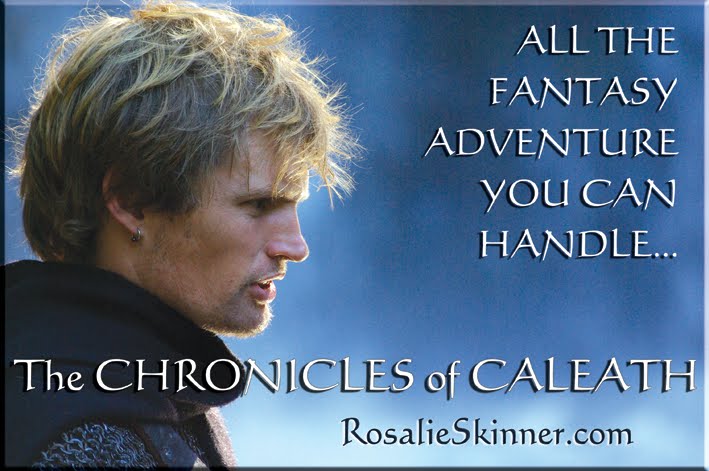Point of view can make or break a story. Used well, the character driven pov can create empathy with the reader, showing them the world as the main character views it. They will live and breath the main character's adventure, feel their pain, share their successes. For me it is the most fun. In truth I am still learning how to polish this pov, but I really enjoy trying to involve every sense as I 'see' the world through my character's eyes.
Third person character narration, or character driven pov, allows the character to think about things and in doing so the reader gains an intimacy with the main character. They experience their inner turmoil, their angst, their elation or despair. Writing Fantasy it is important to create a world that the reader can relate to. We are removed from what is familiar and the reader relies on the writer to give them enough information to complete the illusion. Always remember to allow your character to experience all the sensory stimulii possible. This is shared with the reader. Within character driven pov the information can be conveyed in various ways. Writers can choose to use 'internal monologue narration', a style that conveys the story as if the character is telling it.
An example of Internal monologue narration. With the reader inside the main character's head.
Stryder threw open the door, stumbled inside and looked around. How had he forgotten her bewitching wiles?
Or they can use 'Internal dialogue narration', (as opposed to monologue) Let's see...
Stryder threw open the door, stumbled inside and looked around. How did I forget her bewitching wiles?
When writing a scene, it is best to keep to the one pov. To begin with an omniscient intrusive pov (god like) (where the reader is told what everyone is thinking or feeling) and then close in to a character driven pov just doesn't work. It is called head hopping and is one reason a manuscript will be rejected. Jumping from one character to another within a scene is also head hopping and a big 'no no'. If you must change characters, change scene or chapter. There should at least be a double spaced paragraph between POV changes. If possible maintain the single pov for a chapter.
I read recently that it is 'ok' for pov changes in times of conflict. I don't know. I think it shows the author isn't trying. That's my opinion.
Another rule to remember when choosing a pov to use is to tell the story from the point of view of the character with the most to lose or gain from the scene. You might find though that if you have a character that the reader is following, breaking from their POV shatters the focus. I re wrote a novel that followed three main characters. Now it follows one. From reader's reactions it works well now. Sacrificing so many words seemed almost painful at one stage, but I have learnt so much since the book was written. I would be wrong not to incorporate new information wouldn't I? Writing and re writing.. honing our skills. That's what it is all about, isn’t it?
Poor POV and Passive writing both distance the reader from the action. Learning to avoid these two pitfalls should sharpen your writing. Seeing the same mistakes in others is often easier than correcting your own work, but once you are aware of the problems and how to overcome them you will find you notice them as you write. At least, that is what I have found.
Good luck and keep writing.

1 comment:
Hello, I found your blog through Twitter. I really like it as I'm a fantasy writer as well. I added you on twitter. I hope you don't mind.
Post a Comment